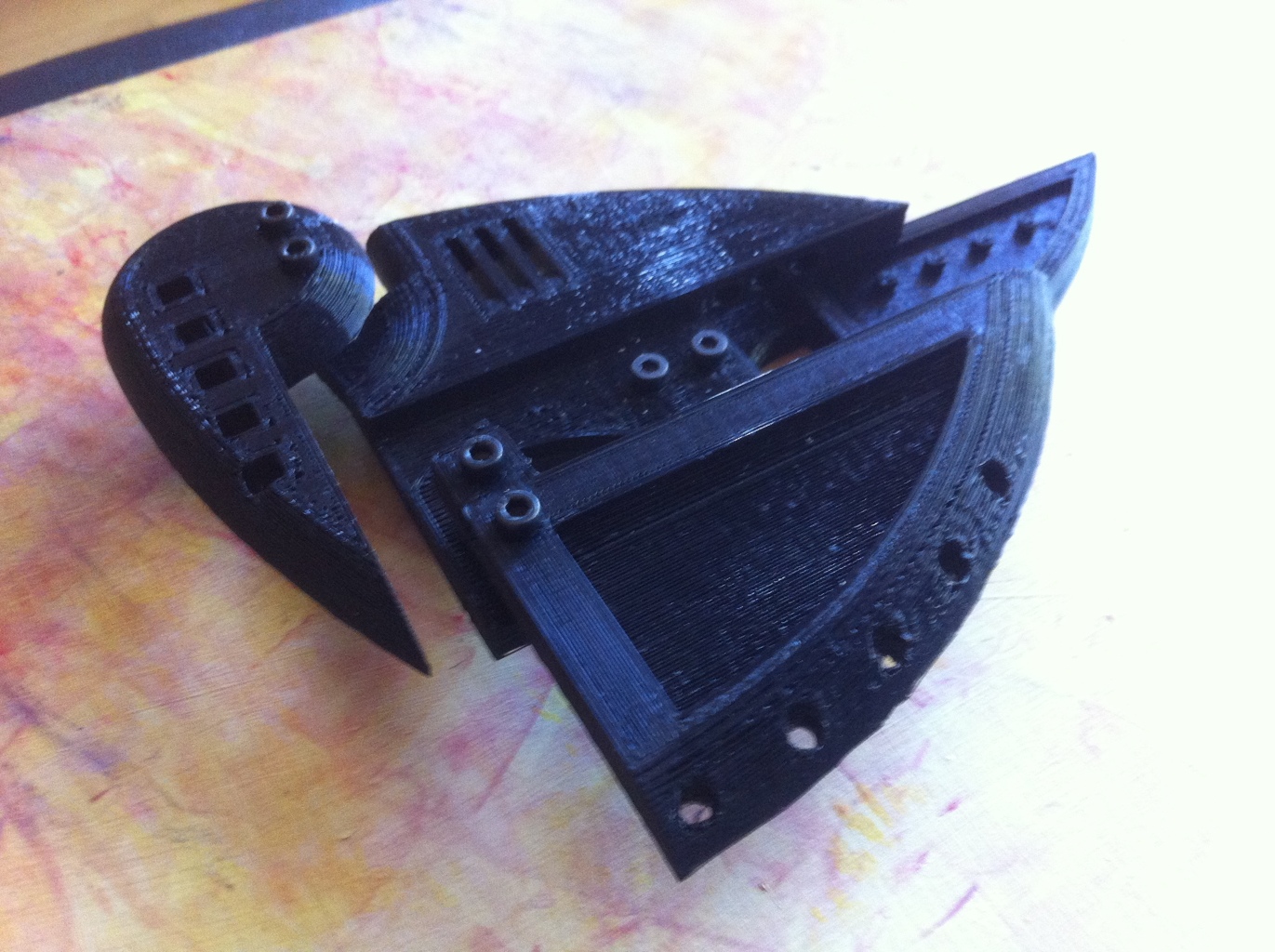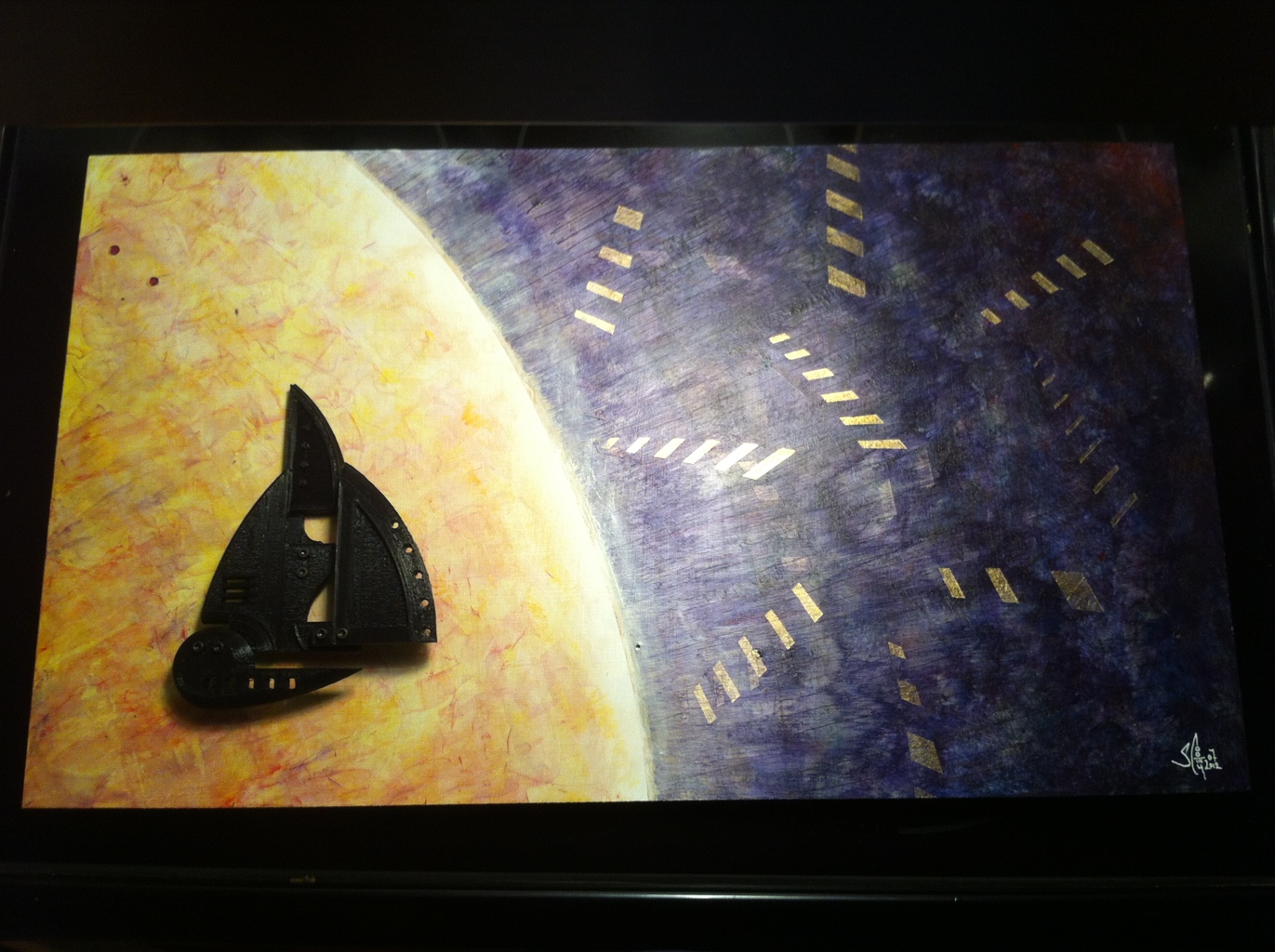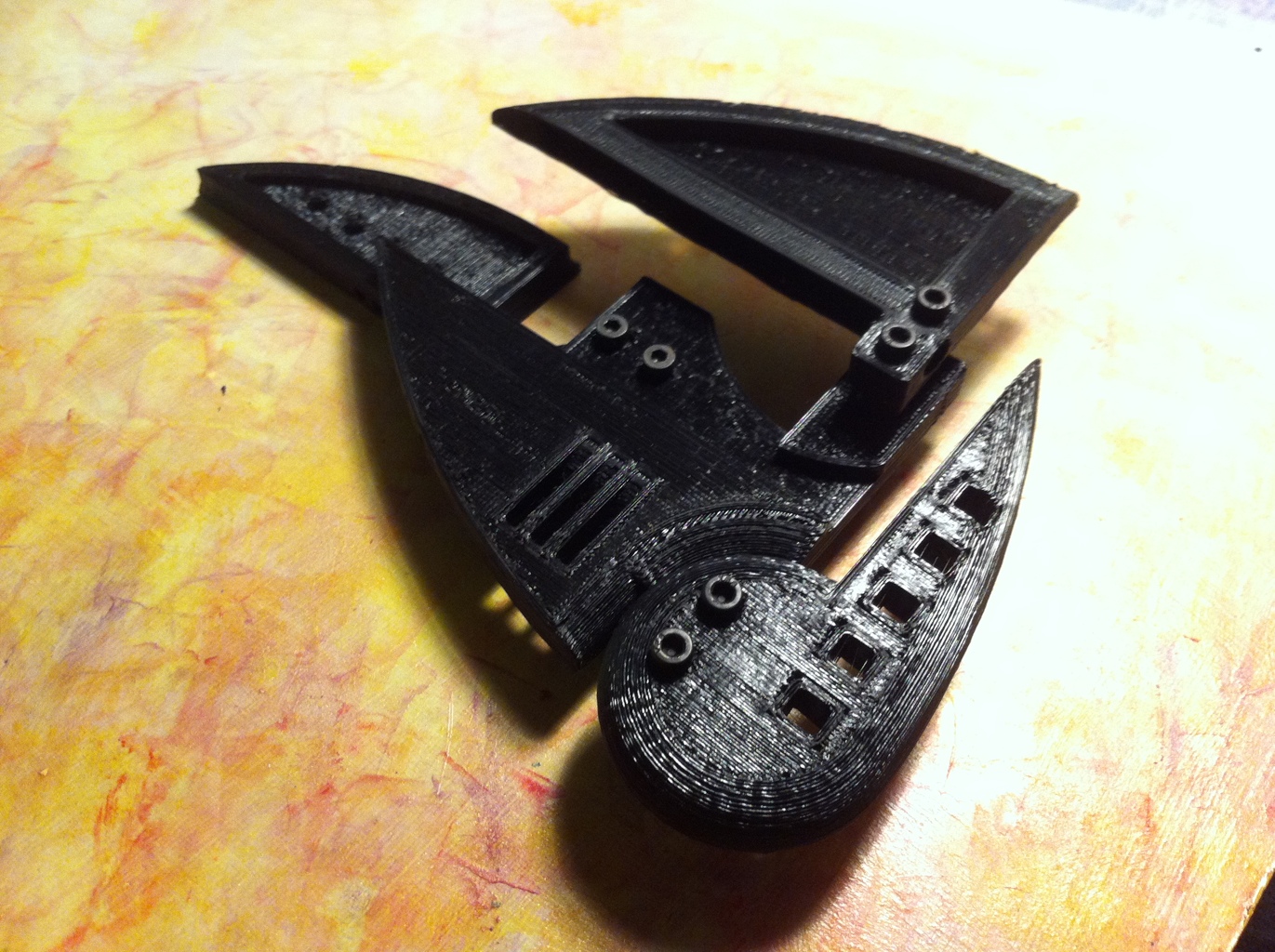alrighty, then.. so I’m starting to get my bearings with how all the software works to run jobs through the blacktoe CNC router. I switched from cambam over to sheetcam and now I’m getting really good results. There’s still a certain amount of strangeness, probably all my fault, so I’m still learning what works and what doesn’t. Here’s a video I did to show how the blacktoe does with machinable wax:
The end result is a mold to use for casting translucent silicone into for use in my beatseqr project, as a replacement for the hand-cut-and-sanded acrylic buttons that I’m currently using. You never know how an experiment will really go until it’s over, and now that this experiment is over, I’ve learned a lot and will make a bunch of adjustments:
1. change the silicone product from tap plastics platinum cure translucent (way too wobbly for this application) to smooth-on sorta clear 40. I saw this product at the Maker Faire this past weekend and really liked the firm quality of the cured product. I think it will be a really good candidate. Smooth-on dragon skin 30 was my second-best candidate.
2. cut a new button mold using the techniques I’ve learned by doing this one.
3. adjust the height of the button to be not as tall as this test.
4. adjust the flashing surrounding the buttons to be not nearly as tall. I had it set to be 0.1″ tall, and that’s probably 0.08″ too much. all I need is for it to basically be thick enough to keep all of the buttons together, and that’s it.
5. think about how to diffuse the LED light going into the button… this new silicone is water-clear… so … I’ll need a way to adjust that quality so it looks good. maybe just a sheet of paper under the silicone flashing… we’ll see how that goes.
So… progress continues. I’ll post the result of the next prototype when it’s done.











